Introduction
Iron casting is one of the oldest and most important forms of metal casting. The process of making items from molten iron has been around for thousands of years, and it remains an important part of modern manufacturing.
In this article, we will look at the history of iron casting, from its early origins to modern times. We will also look at the current state of iron casting and discuss some of the challenges facing the industry. Finally, we will look at the future of iron casting and speculate on how the process may change in the coming years.
The History of Iron Casting
The history of iron casting can be traced all the way back to ancient China, with some of the earliest cast iron products said to have been made as early as 1200 BC. By 500 B.C., China had developed a process for making high-quality cast iron products using clay molds. This knowledge would eventually spread to other parts of the world, including Europe.
By the 17th century, cast iron had become a major industry in Europe and England. During this period, the process of making cast iron products was laborious and dangerous. Primitive furnaces, fueled by coal or wood, were usually located in small workshops where a handful of artisans shaped hot iron into finished products.
The process of heating the metal enough to shape it was also difficult and dangerous. The heat of the molten metal had to be carefully monitored and regulated, or an explosion could occur. Artisans working with iron were often at risk of burns and even death if proper precautions were not taken.
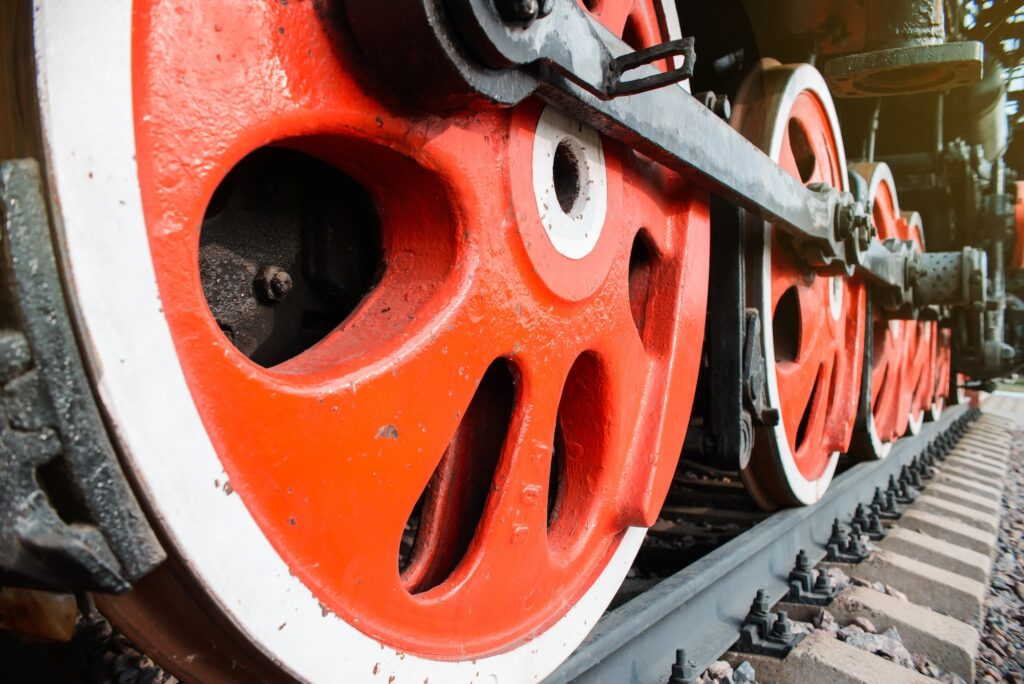
In addition to being a dangerous job, iron casting is an expensive process. The cost of raw materials and the time it takes to complete a project make it quite costly. Nevertheless, iron casting has been used for centuries because of its strength and durability. Today, cast iron is still widely used in many industries because of its high strength-to-weight ratio and corrosion resistance.
By the 19th century, advances in engineering led to the development of larger and more efficient furnaces that could produce higher quality cast iron products. This made it possible to mass produce cast iron parts, which revolutionized the industry. By this time, the large demand for cast iron products led to the emergence of many small foundries throughout Europe.
One of the most popular uses of cast iron during this period was for the construction of bridges and buildings. Cast iron was favored for its strength and durability, and architects began to experiment with incorporating it into their designs. This led to the magnificent designs of buildings we still see today. Cast iron was also used to make decorative railings, fences and gates. Because of its strength and aesthetic appeal, it soon became a popular choice for creating unique works of art in public spaces.
The 19th century saw the adoption of new technologies that further improved the production process. This included the introduction of coal-fired furnaces, which allowed foundries to reduce production costs. This, combined with increased mechanization, allowed manufacturers to produce large quantities of cast iron at a much lower cost than before.
Although the use of cast iron was very important in the 19th century, it has since been replaced by more modern materials such as steel and aluminum. Nevertheless, its legacy is still present in the magnificent architecture of old buildings and monuments that still exist today, a testament to its importance in the industrial revolution. It can be said that iron casting in the 19th century played a role in shaping the world we live in today.
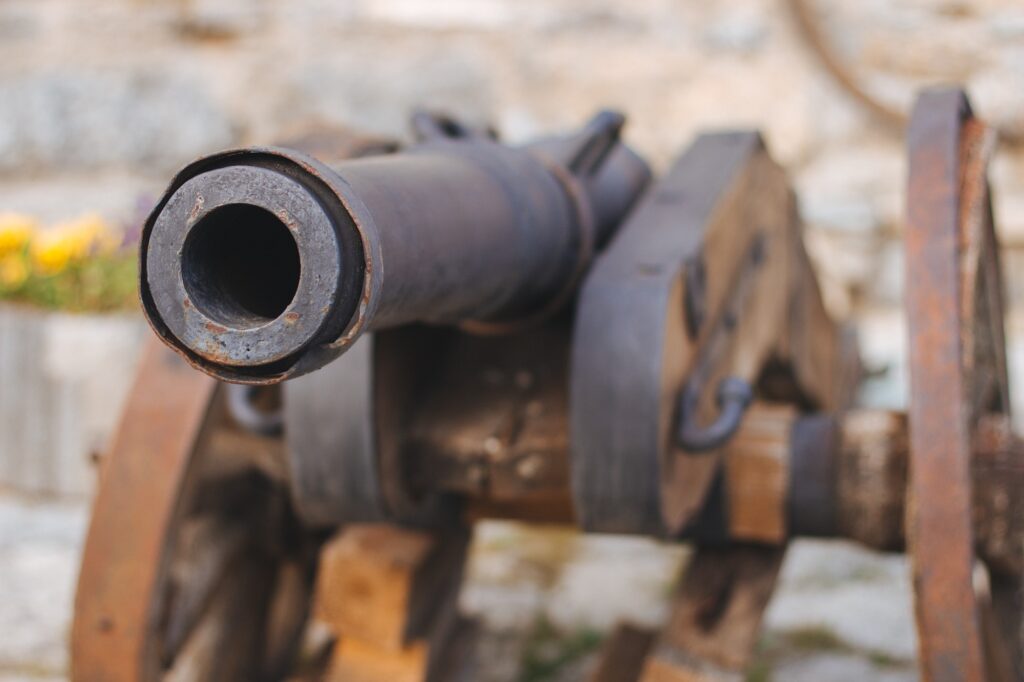
The Present State of Iron Casting
Today, iron casting is still one of the most popular metalworking processes. It is used for a variety of products, from large industrial equipment to small decorative items. While most of the processes may be similar to those of hundreds of years ago, modern technological advances have made it possible to produce high-quality cast iron products.
Today, cast iron remains an important part of the manufacturing industry, with many industries relying on it to produce parts and components. It is one of the most economical ways to produce complex shapes in a variety of materials. The process has the ability to be refined over time, allowing for better quality control and faster production rates.
Today, cast iron products are used in a variety of applications. From ornamental garden furniture to heavy industrial machinery, cast iron is the material of choice when strength and robustness are required.
For those who want a little decorative flair, cast iron products are a great addition to gardens and outdoor spaces. Benches, tables, chairs and other items boast classic designs that will stand up to the elements. Whether you want to create an old world feel, a classic atmosphere, or simply need something that will stand the test of time in your outdoor area, cast iron products offer the perfect solution.
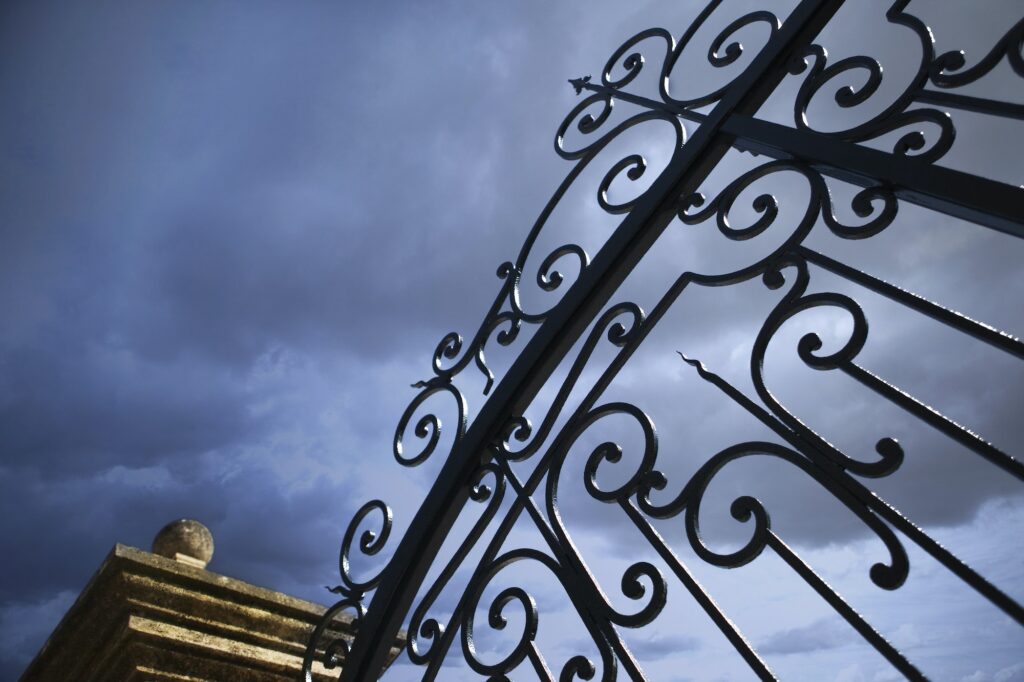
It’s not just garden furniture either, cast iron has been used in architecture since ancient times and continues to be used today. Cast iron offers exceptional strength in columns, door frames and other decorative features, and provides a degree of protection against corrosion. This makes it ideal for use in historic buildings or areas with a traditional aesthetic.
In industrial applications, cast iron is the material of choice for those mechanical components that must withstand extreme temperatures and pressures. From engine blocks to superheaters, cast iron is used in many industries and applications due to its strength and durability.
Because of its metallic properties, cast iron can also be recycled and reused in a variety of ways. Small industrial parts, scrap metal or alloying with other metals for different effects are some of the uses for this versatile material.
Today, manufacturers of iron castings have access to a wide range of technologies, materials, processes and techniques. They can produce castings with precise shapes and dimensions, enhanced durability, improved strength-to-weight ratios, and excellent surface finishes. Advanced engineering capabilities also make it possible for them to customize the design of each product to meet the specific needs of their customers.
However, the development of iron casting has not been without its challenges. The process is often slow and complex, requiring specialized tools and techniques. In addition, the cost of producing these products can be high due to the specialized machinery and materials required.
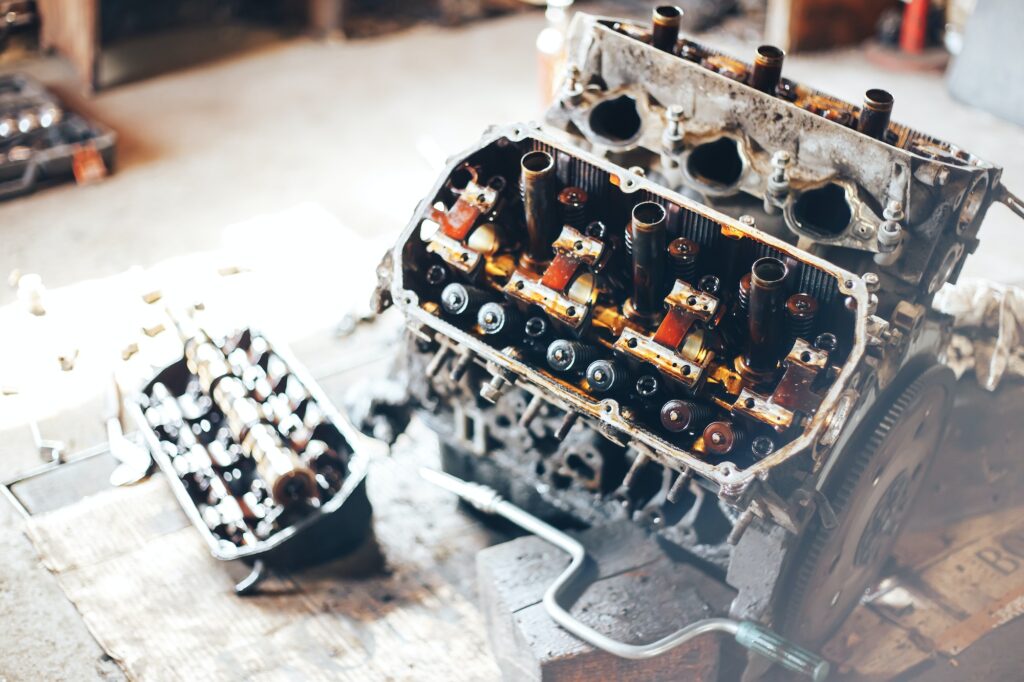
On top of that, the process can be dangerous due to the high temperatures involved. Finally, iron castings are subject to corrosion and other environmental factors that can cause them to deteriorate rapidly if not properly cared for.
Fortunately, despite these challenges, modern technology has been able to significantly reduce the cost and complexity of cast iron. Computer-aided design (CAD) software has become commonplace in cast iron facilities, allowing engineers to quickly design and manufacture products with precise measurements.
In addition, 3D printing technology, combined with other advanced manufacturing techniques, allows for more complex parts to be produced at a fraction of the cost.
The Future of Iron Casting
For centuries, cast iron has been a staple of the industrial world. But as technology advances and market conditions change, what does the future hold for this time-honored process?
Most importantly, the cost of cast iron production is rising. This is largely due to increased energy costs, as well as rising labor and material costs. As a result, many companies are already turning to more economical solutions, such as 3D printing or plastic injection molding, rather than traditional casting methods. Nevertheless, with proper technological improvements and controlled production costs, casting can still be a viable manufacturing option.
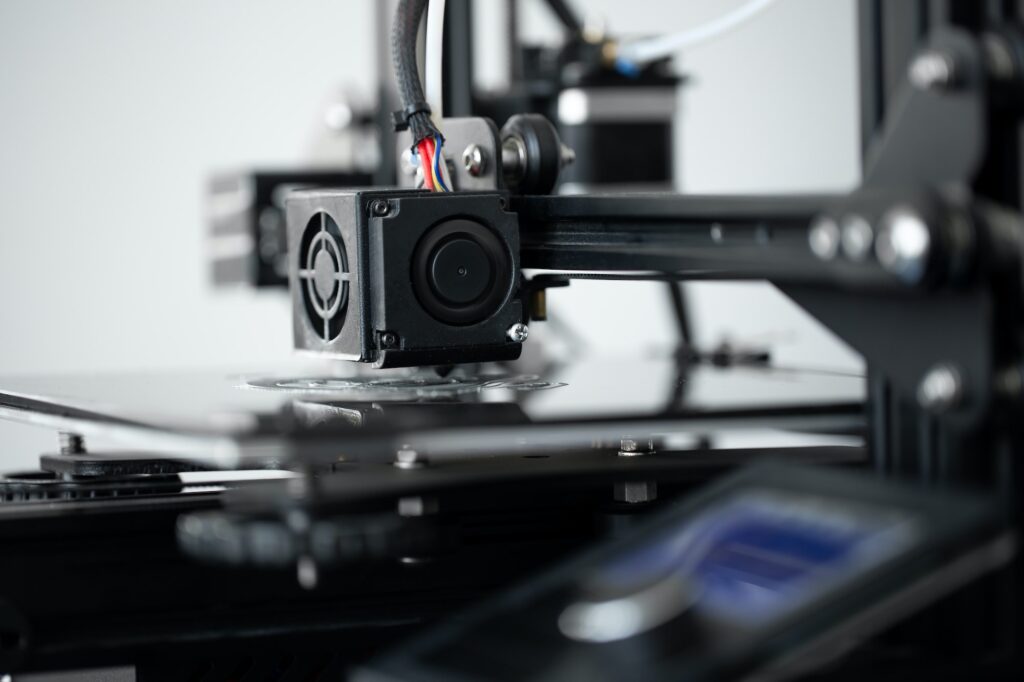
At the same time, cast iron products are becoming increasingly complex and elaborate. This means that workers need to be trained to operate new equipment and use more advanced technology in order to keep up with demand. It also presents a challenge in terms of safety, as workers must be able to operate the equipment safely and accurately.
There is concern that automation will take over some or all of the cast iron production process in the near future. While this does not necessarily mean the end of the human workforce, it will certainly have an impact on the number of jobs in the cast iron industry.
Iron Casting in China
Currently, the iron casting industry is being adjusted and optimized as China’s requirements for environmental protection and safe production become more and more stringent.
On the one hand, in terms of technology, the iron casting industry is moving towards digitalization and intelligence. By introducing advanced digital technology and automated equipment, production efficiency and product quality can be improved, and the risk of personnel injury accidents can be reduced.
On the other hand, in terms of environmental protection, the government’s restrictions on pollution emissions are becoming stricter. As a result, many companies have started to adopt more environmentally friendly materials and processes to meet the relevant standards.
In the future, with the promotion and popularization of Industry 4.0 concept and technological advances that bring more new materials and new processes, the iron casting industry will continue to develop in the direction of more efficient, precise and environmentally friendly.
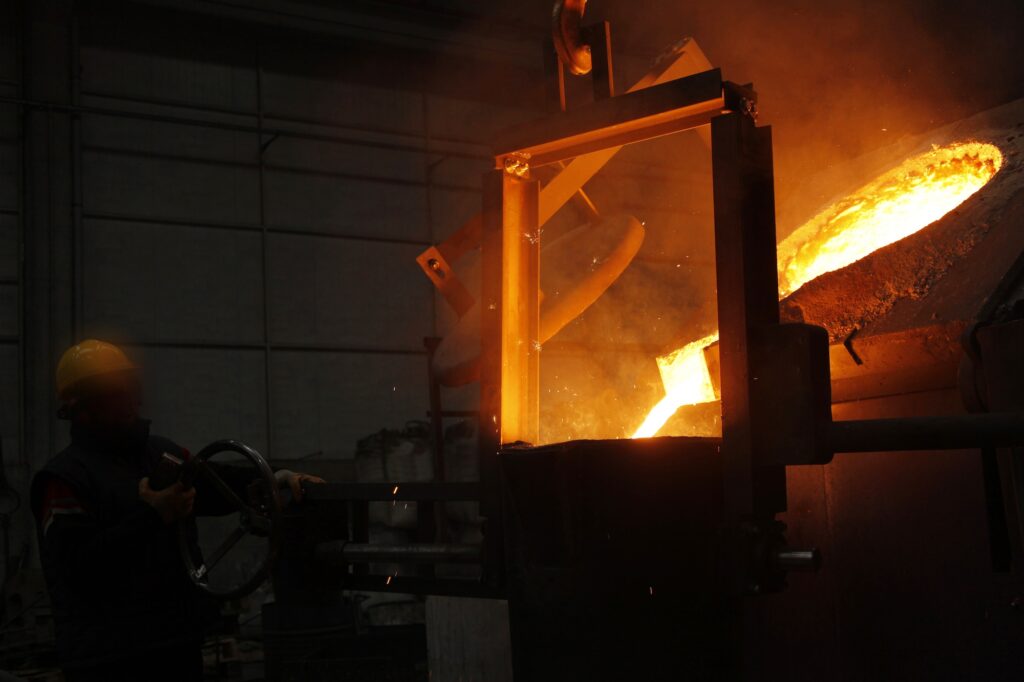
At the same time, along with this is the growing demand for high-quality products, which means that companies need to constantly improve their product design, production capacity and service level to meet the changing needs of customers.
In conclusion, as China’s economy continues to grow, the iron casting industry still has a lot of room for development. However, in today’s highly competitive and unpredictable market, only those companies that are able to innovate and adapt to market changes will have better prospects for growth.
Conclusion
Today’s article, we briefly sorted out the history of iron casting, the current situation of the casting industry today, and the future development opportunities. We start with history, going back to ancient times when blacksmiths melted metal in furnaces and poured it into molds to create tools and objects. To this day, the foundry industry continues to evolve, with new technologies being developed to improve quality and reduce costs.
Currently, the foundry industry is a global force, with companies around the world producing millions of complex parts for industry and consumers. Looking ahead, technological advances are creating exciting opportunities for the cast iron industry like never before, such as robotics and 3D printing. The possibilities for the future of iron casting are endless.
Marketing time
We are Castimoo, an iron casting supplier from China. We specialize in designing, producing and selling gray cast iron and ductile iron products for you, and have been deeply engaged in this business for 30 years.
Besides being well received by customers in China, our iron casting products are also exported to the United States, Japan, France and other countries, and are also well accepted by overseas customers.
If you need to purchase iron castings for your project, please feel free to contact us. We hope that our products and services can bring you greater profits.
